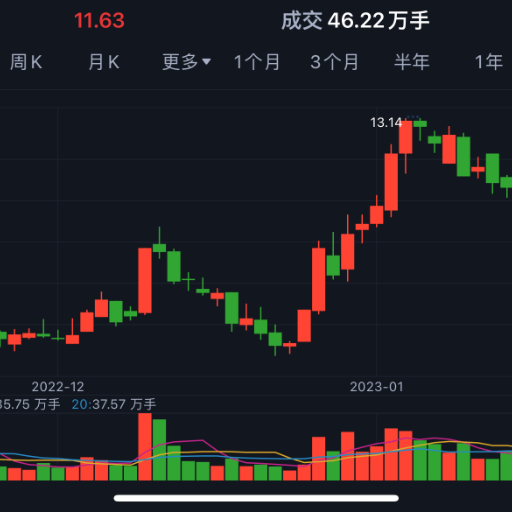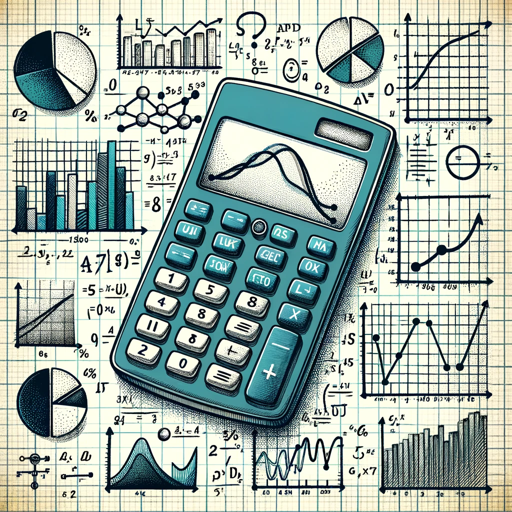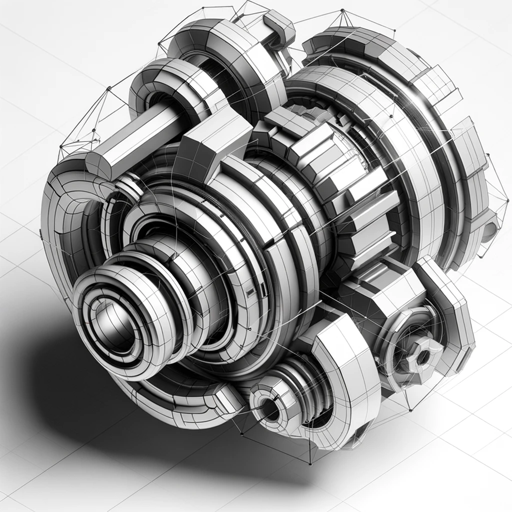Predict stock prices-stock price prediction tool
AI-powered stock price prediction tool
Predict the next stock prices for ^NSEI.
Analyze this stock data for me.
What are the predicted high and low for ^NSEI next?
Can you forecast the stock price for this data?
Related Tools
Load More
Finance Wizard
I predict future stock market prices. AI analyst. Your trading analysis assistant. Press H to bring up prompt hot key menu. Not financial advice.

股票预测分析专家 | A股 | 实时数据
一款基于深度神经网络预测给出中国A股股票买入建议的智能投资顾问 An intelligent investment advisor based on deep neural network for predicting buy recommendations for Chinese A-share stocks.

Math IA
Guides IB students on writing Math IA, including stock price prediction using regression models.

Market Trend Analysis and Prediction for Company
An AI application specialized in analyzing financial data, market behavior, and news sentiments to predict market trends and stock prices for a target company. Begin with !start [company name].

JamesGPT
Predict the future, opine on politics and controversial topics, and have GPT assess what is "true"

Bitcoin Price Predictor
Gives perspective and recommendations on the Bitcoin price and how you can trade it
20.0 / 5 (200 votes)
Introduction to Predict Stock Prices
Predict Stock Prices is a specialized tool designed to forecast future stock prices based on historical data, trends, and patterns. Its primary function is to analyze stock market data provided by users, apply statistical and machine learning models, and generate potential price predictions. This tool is particularly useful for investors, traders, and analysts who seek data-driven insights to inform their investment strategies. By leveraging historical stock data, Predict Stock Prices can identify trends and patterns that may indicate future price movements. However, it is important to note that these predictions are based on past data and statistical models, and therefore, they are not guaranteed to be accurate or reflective of real-world events. For example, if a user provides data on a technology stock's performance over the past five years, Predict Stock Prices can analyze this data to forecast potential price trends for the coming months, helping the user make informed decisions.

Main Functions of Predict Stock Prices
Historical Data Analysis
Example
A user inputs five years of historical price data for a particular stock. The tool analyzes this data to identify patterns, such as recurring seasonal trends or the impact of specific market events.
Scenario
An investor wants to understand how a stock typically behaves during the fourth quarter of each year. By analyzing historical data, Predict Stock Prices can provide insights into recurring end-of-year trends, helping the investor plan their strategy.
Price Prediction
Example
Using machine learning algorithms, Predict Stock Prices generates a forecast of future stock prices based on the historical data provided. This could include predicting the price for the next day, week, or month.
Scenario
A day trader needs to predict the next day's stock price to decide whether to buy or sell a stock. By inputting recent price data, the trader can receive a prediction that helps guide their decision.
Trend Analysis
Example
The tool can identify long-term trends in a stock's price movement, such as an overall upward trajectory despite short-term volatility.
Scenario
A long-term investor is interested in identifying stocks that have shown consistent growth over the past decade. By analyzing the trend, Predict Stock Prices can help the investor pinpoint stocks with strong long-term growth potential.
Ideal Users of Predict Stock Prices
Individual Investors
These users benefit from Predict Stock Prices by gaining data-driven insights into potential stock movements. Individual investors often lack the tools to conduct in-depth analyses themselves, so this tool helps them make more informed decisions based on historical data.
Financial Analysts
Financial analysts use Predict Stock Prices to complement their existing analysis. By incorporating data-driven predictions, they can enhance their reports and provide more accurate forecasts to their clients or employers.

How to Use Predict Stock Prices
Step 1
Visit aichatonline.org for a free trial without needing to log in, and without requiring ChatGPT Plus.
Step 2
Prepare your stock data. Gather historical price data, such as daily close prices, trading volume, and any relevant financial indicators.
Step 3
Input your data into the tool. Ensure the data is in a structured format like CSV or Excel, which can be processed easily.
Step 4
Analyze the output. Review the generated predictions and consider them alongside your own analysis and external factors.
Step 5
Refine and iterate. Adjust your data or strategy based on the predictions and repeat the process for continuous optimization.
Try other advanced and practical GPTs
Lofi Visual Harmony
AI-powered lofi visual creator.

English Teacher Irina Vladimirovna
AI-powered English language correction tool

Expert en Composants Dynamiques SketchUp
Automate your SketchUp models with AI

AI Resume Refine
AI-powered resume refinement made easy

SEO Neo - Blog Architect
AI-powered blog strategy for SEO success

电棍otto
AI-powered insights with attitude.

Senior Strategic Advisor
AI-powered strategic insights for leaders.

GPT BuildMyPlace
Transforming Content Creation with AI

Proofreader Pro
Enhance your writing with AI-powered proofreading.

Kawaii Illust Maker : イラストかわいいや
Create Cute Illustrations with AI

Private Pilot License PPL Trainer - Flex Air
AI-powered training for aspiring pilots.

No talk, just code
AI-Powered Coding, Simplified.
- Trend Analysis
- Investment Research
- Stock Insights
- Data Forecasting
- Market Patterns
Common Questions About Predict Stock Prices
What kind of data is required for Predict Stock Prices?
The tool requires historical stock data such as daily closing prices, volume, and relevant financial indicators. Structured formats like CSV or Excel are recommended for easy processing.
How accurate are the stock price predictions?
The accuracy of predictions depends on the quality of input data and the patterns observed. While the tool provides insights based on trends, predictions are not guaranteed and should be used for informational purposes only.
Can this tool be used for day trading?
While the tool can analyze short-term trends, it is better suited for broader trend analysis rather than real-time day trading due to the nature of the data input and processing.
Is it possible to predict stock prices for multiple stocks simultaneously?
Yes, the tool can handle data for multiple stocks, provided the data is organized properly. Each stock's data should be clearly separated and formatted for individual analysis.
Does the tool consider external factors like news or market sentiment?
The tool primarily analyzes historical data and patterns. It does not directly consider external factors like news, sentiment, or unforeseen events. Users should complement predictions with their own analysis of such factors.